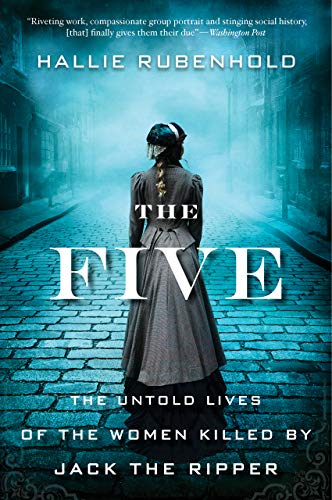

On this month's Morbidly Fascinating Page:
Victims of Jack the Ripper:
Their troubled personal stories (when they were alive)
IN THE ARCHIVES:
Chimera
Lizzie Borden
Rasputin
Voodoo in New Orleans
Screaming Mummies
Vampire Slaying Kit
The women who perished at the hands of the first “celebrity serial killer” led troubled lives, and in many ways reveal more about London at the time of the murders than the man who committed them.
Martha Tabram, possible victim?
August 7, 1888
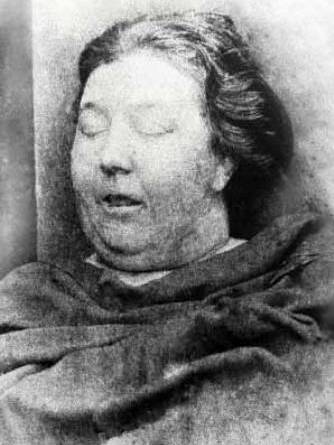
Today there is considerable debate as to whether or not Martha Tabram was a victim of Jack the Ripper. The investigating officers at the time certainly seem to have believed that she was.
Mary Ann Nichols
August 31, 1888
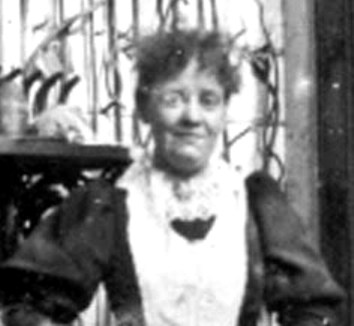
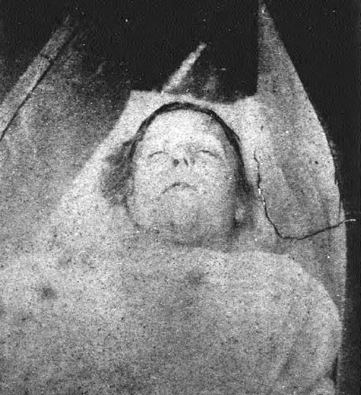
Mary Ann Nichols led a brief life marked with hardships. Born to a London locksmith in 1845, she went on to marry Edward in 1864 and gave birth to five children before the marriage dissolved in 1880.
In explaining the roots of the separation, Nichols’ father accused Edward of having an affair with the nurse who attended one of their children’s births. For his part, Edward claimed that Nichols’ drinking problem drove them to part ways.
After they separated, the court required Edward to give his estranged wife five shillings per month — a requirement he successfully challenged when he found out that she was working as a prostitute.
Nichols then lived in and out of workhouses until her death. She tried living with her father, but they did not get along so she continued to work as a prostitute to support herself. Though she once worked as a servant in the home a well-off family, she quit because her employers did not drink.
On the night of her death, Nichols found herself surrounded by the same problems she’d had for the majority of her life: Lack of money, and a propensity to drink. On August 31, 1888 she left the pub where she had been drinking and walked back to the boarding house where she planned to sleep for the night.
Nichols lacked the funds to pay for the entrance fee, so she went back out in an attempt to earn it. According to her roommate, who saw her before she was killed, whatever money Nichols did earn, she spent on alcohol.
Around 4 AM, Nichols was found dead in the street on Buck’s Row, her skirt pulled up to her waist, her throat slit, and her abdomen cut open.
Annie Chapman
September 8, 1888
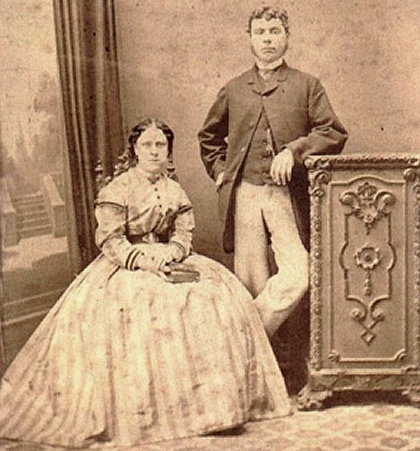
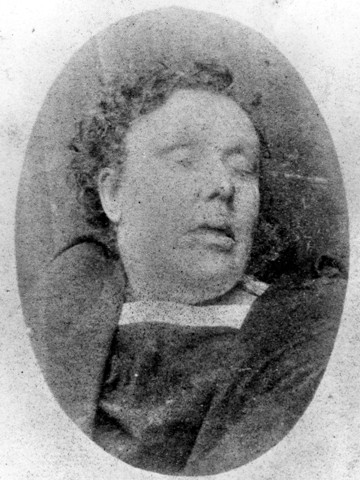
Annie Chapman didn’t always lead a hard life. She lived for some time with her husband, John, a coachman, in West London.
After the couple had children, however, her life began to unravel: Her son, John, was born disabled, and her youngest daughter, Emily, died of meningitis. She and her husband both began to drink heavily, and eventually separated in 1884.
After the separation, Chapman moved to Whitechapel to live with another man. While she still received ten shillings per week from her husband, she sometimes worked as prostitute to supplement her income.
When her husband died from alcohol abuse, that money stopped, and according to her friends, Chapman “seemed to have given away all together.” A week before she died, Chapman got into a fistfight with another woman over an unreturned bar of soap.
On September 8, 1888, the night of her death, Chapman drank a pint of beer at the lodging house where she had been staying, but — as with Nichols — she didn’t have the money for her bed that night. Chapman asked the house’s deputy to hold a bed for her as she planned to go out and try to earn the money. She never returned.
The next morning, a man named John Davis found Chapman’s body in the doorway of his house. Her throat had been cut, and she had been disemboweled: Chapman’s uterus and part of her bladder had been removed from her body, and intestines lay on the ground next to her.
Elizabeth Stride
September 30, 1888
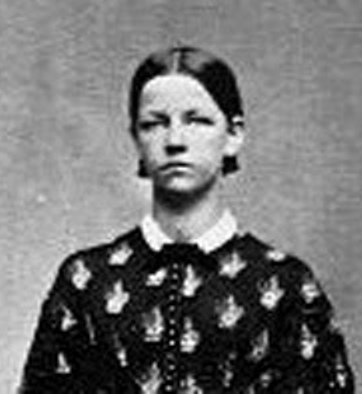
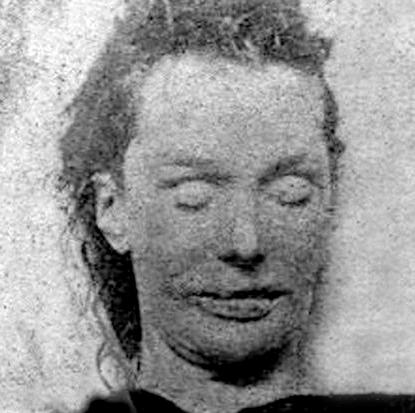
Unlike Jack the Ripper’s other victims, who took up prostitution after marriage, Stride was a registered prostitute before she married.
The Swedish-born domestic servant arrived in England in 1866, at which point she had already given birth to a stillborn baby and been treated for venereal diseases.
Stride married in 1869 but they soon split and he ultimately died of tuberculosis in 1884. Stride would instead tell people that her husband and children (which they never actually had) died in an infamous 1878 Thames River steam ship accident and that she sustained an injury during that ordeal that explained her stutter.
With her husband gone and lacking a steady source of income, like so many of Jack the Ripper’s victims, Stride split the remainder of her life living between work and lodging houses. On the night of her death, witnesses said they saw Stride kissing or speaking with a “respectable” looking gentleman, but he was never identified.
Louis Diemschutz, a steward, found Stride’s body in the early hours of September 30, 1888, blood still pouring out of the wound in her neck. Her body had not been mutilated like the others, nor did she show signs of strangulation, but her throat had been cut.
Police speculated that whoever killed Stride was interrupted during the murder, forcing him to find another victim that very same night...Catherine Eddowes.
Catherine Eddowes
September 30, 1888
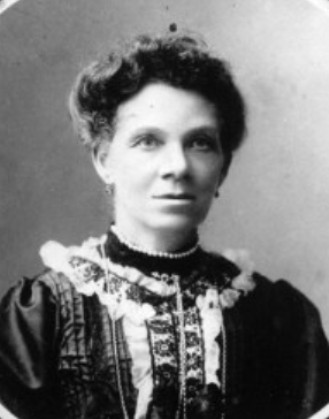
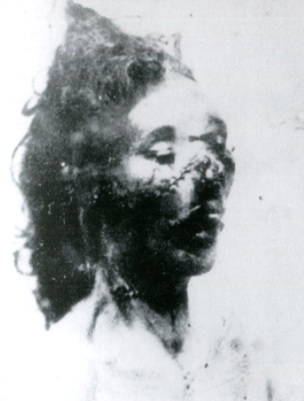
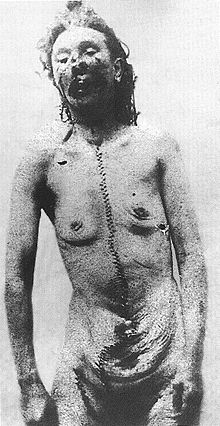
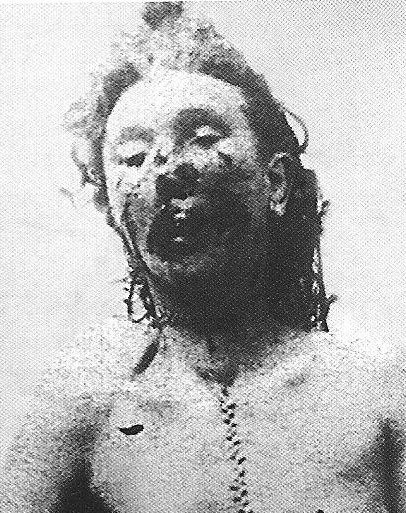
Unlike the others among Jack the Ripper’s victims, Catherine Eddowes never married, and instead spent her short life with multiple men.
The daughter of a tin plate worker met Thomas Conway in her hometown of Wolverhampton. The couple lived together for 20 years and had three children together. According to her daughter, Annie, the pair split “entirely on account of her drinking habits.”
Eddowes met John Kelly soon after. She then became known as Kate Kelly, and stayed with John until her death.
According to her friends and family, while Catherine was not a prostitute, she was an alcoholic. The night of her murder — the same night Elizabeth Stride was killed — a policeman found Catherine lying drunk and passed out on Aldgate Street.
He arrested her, taking her to the nearby police station where she could sleep off the alcohol. When asked her name at the station, she replied, “Nothing.” Around 1 AM, authorities released Eddowes, who began walking back to Aldgate Street.
Subsequent testimony reveals that a man named Joseph Lawende passed by a couple walking down the street opposite him around 1:30 a.m.; he later identified the woman he saw as Eddowes.
Eddowes would not make it home. Her murder fit in with the pattern of the others, but was even more gruesome. The killer had not only slit her throat and eyelids; he had cut the veins in her neck and flaps of skin from her face, removed her kidneys, and cut open her intestines to release fecal matter.
Dr. Frederick Brown, who performed the post-mortem examination of Eddowes’ body, concluded that the killer must have some knowledge of anatomy if he could remove her organs in the dark.
But Dr. Thomas Bond, who consulted on the Jack the Ripper case, disagreed. He wrote in a letter to Robert Anderson, Secretary of the Prison Commissioners, that, “In each case the mutilation was inflicted by a person who had no scientific nor anatomical knowledge. In my opinion be does not even possess the technical knowledge of a butcher or horse slaughterer.”
A couple weeks later, George Lusk, the head of a neighborhood watch group, received a kidney in the mail, along with a letter “from Hell,” written by a man claiming to be the killer.
Mary Kelly
November 9, 1888
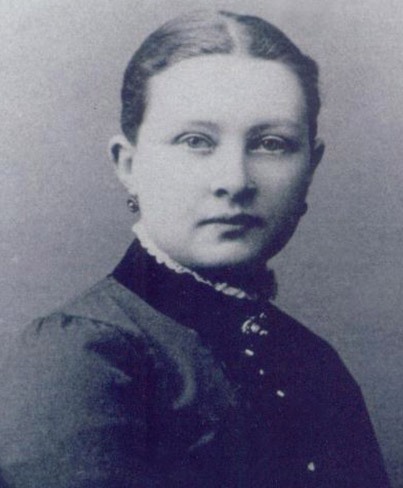
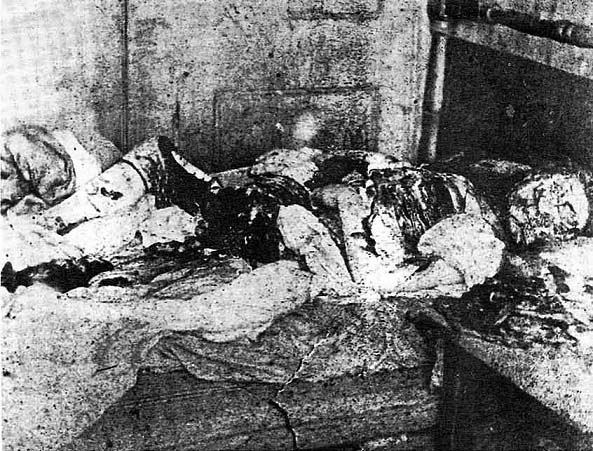
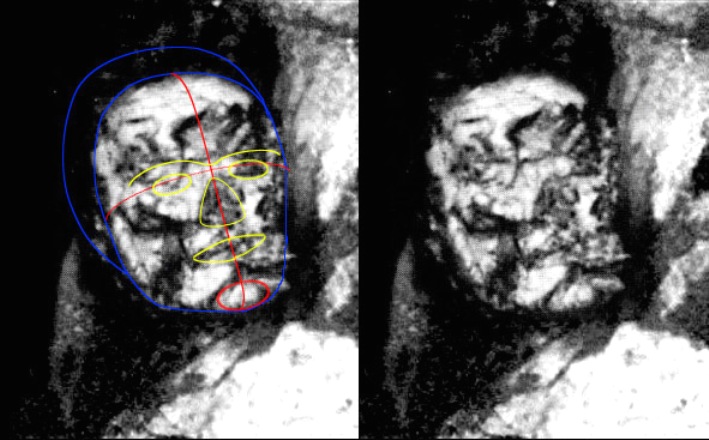
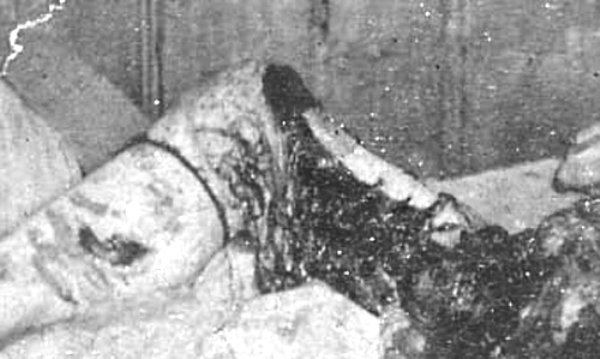
Mary Jane Kelly was born in Ireland, and was by all accounts, the most beautiful of Jack the Ripper’s victims.
Kelly was married for three years, but after her husband died in a coal mine accident, she became a successful prostitute, even living in a high-end brothel where at one point guests called her “Marie Jeannette.”
When she met Joseph Barnett, her partner until her death, they bounced between lodgings in London’s East End, usually getting evicted for drinking or not paying their rent.
According to Barnett, Kelly’s fear of Jack the Ripper prompted her to allow homeless prostitutes to stay in the tiny room she shared with him. The landlord caught wind of her scheme and sent his assistant, Thomas Bowyer, to track Kelly down and collect six weeks worth of rent for that room.
Bowyer, spotting a shattered glass window, entered the abode and found Kelly’s corpse on the bed, mangled beyond recognition.
“The whole surface of the abdomen and thighs was removed and the abdominal cavity emptied of its viscera,” wrote Dr. Bond. “The breasts were cut off, the arms mutilated by several jagged wounds and the face hacked beyond recognition of the features. The tissues of the neck were severed all round to the bone” The killer had piled her organs and flaps of her skin next to the bed.
Kelly could be heard drunkenly singing in her room at 1 a.m., and around 2 a.m, witnesses said they spotted her walking with a man. After that, no light emanated from her room and the singing had stopped.
See more HERE
Who was Jack the Ripper?
You decide!
Was it Aaron Kosminski HERE?
Was it Francis Craig HERE?
Was it Walter Sickert HERE?
Was it Francis Thompson HERE?
Was it Francis J. Tumblety HERE?
Or was it a woman HERE?
Either way, serial killers do not stop on their own. Jack the Ripper either got arrested for something else, or died, or moved somewhere else.
The case for the unmasking is tied to a shawl alleged to have been found next to Ripper victim Catherine Eddowes, but its provenance is uncertain
After releasing test results of a controversial silk shawl stained with blood and, possibly, semen, supposedly found at the scene of one of the Ripper killings, forensic scientists are pointing the finger at Aaron Kosminski, a 23-year-old Polish barber in London who was one of the first suspects identified by London police in the Ripper case.
“All the data collected support the hypothesis that the shawl contains biological material from Catherine Eddowes and that the mtDNA sequences obtained from semen stains match the sequences of one of the main police suspects, Aaron Kosminski,” Jari Louhelainen of John Moores University in Liverpool and David Miller of the University of Leeds write in a study.
Beyond the results, there’s an obstacle afoot—the provenance of the shawl. For The Conversation, Mick Reed explains the shawl’s origin story is full of problems. Was a shawl even picked up by Metropolitan Police officer Amos Simpson at the crime scene that night? Even if that were true, whether this scarf is the authentic one is up for debate; the cloth was previously dated to the Edwardian period, from 1901 to 1910, as well as to the early 1800s, and could come from anywhere in Europe.
See the entire article HERE
How many victims were there?
It is generally accepted today that Jack the Ripper had five victims. But the Whitechapel Murders File, under the generic heading of which the Jack the Ripper murders are included, actually has eleven murders on it.
Two of these occurred before the murder of the acknowledged first victim, Mary Nichols, on August 31st 1888, and four of them took place after the murder of Mary Kelly, on 9th November 1888, which, it is generally agreed, was the ripper’s final crime.
However, it is rare for a serial killer to just emerge suddenly and embark upon a killing spree. There is often a pattern whereby the killer graduates via attacks and assaults to full blown murder, wherein the distinctive modus operandi is established by which individual killings can be identified as the work of a particular murderer. There is a high probability that he would have committed earlier crimes such as assaults on women or even murder.
See more HERE
Jack the Ripper Museum
Guided tours of the Whitechapel district — where in 1888 legendary serial killer Jack the Ripper brutally cut the throats of five prostitutes and removed their organs — continue to draw in droves of tourists to this day.
There’s the Jack the Ripper museum, too, which opened last year to controversy. According to historian Fern Riddell, the museum intended to tell the “history of women in the East End,” but activists said the museum mainly “glamorizes sexual violence against women.”
Beyond the outcry, it’s not entirely surprising that the museum shifted focus away from Jack the Ripper’s victims and back onto the killer himself. After all, the mystery surrounding who he was and his motivations never ceases to captivate an audience — so much so that there’s a whole field dedicated to the study of his crimes: Ripperology.
See more HERE
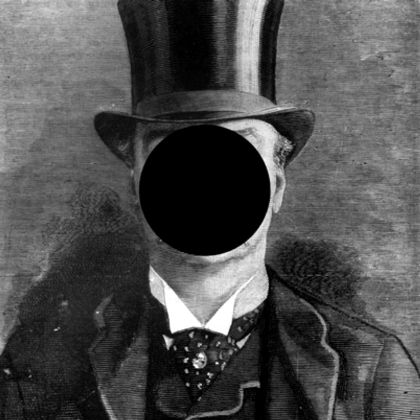
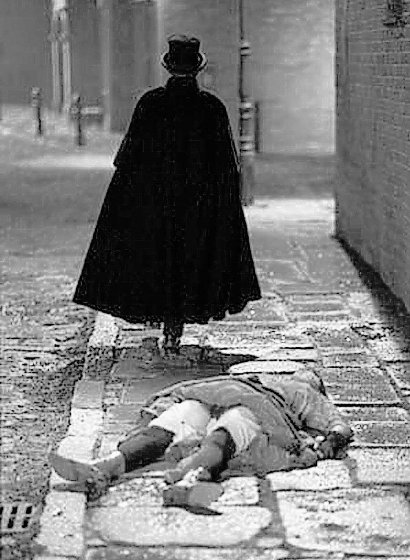
Want to know more about Jack the Ripper's victims? Now there is a new book recentlly released that focuses on Jack's victims here:
